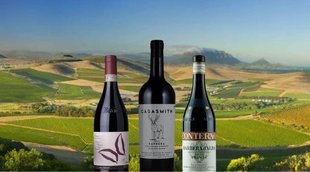Barbera: 10 Delicious Bottles (2025) & All About This Splendid Wine
Barbera is a beautiful grape from Piedmont, Italy. It’s the secret behind the several of the country’s juicy, light-bodied, easy-to-drink red wines!
Even though it’s not as celebrated as Nebbiolo and Dolcetto wines, winemakers today strive to bring out the fruity richness and terroir-driven expressions of this hardy grape.
So, how is this wine made? Which are the best Barbera wine bottles you should buy?
Discover all you need to know about Barbera wine and the grape varietal - its history, how it’s made, where it’s grown, and the best Barbera wines to buy now. We’ll also tell you about the easiest way to buy and invest in fine wine in 2024.
Further reading
- Thinking about investing in wines? Here's a complete Guide on Fine Wine Investment for you.
- Want to explore other red and white wines? Check out these super-informative articles on the Most Iconic Red Wines and the World's Best White Wines to look out for!
The Barbera Grape and Wine

Barbera is a red wine grape that produces fruity and light-bodied wines. It gives a deep violet, almost black hue to the wine.
It is predominantly grown in Piedmont, Italy. But, in the recent past, it has traveled worldwide to Argentina, the USA, and even South Africa.
This Italian grape is used for producing varietal as well as blended wines. It’s often blended with the tannic Nebbiolo grape to soften the red wine and make it more approachable in its youth.
It’s also used to produce the sparkling red wines of the Emilia-Romagna region of Northern Italy.
Fun fact: In the 1900s, grape breeder Giovanni Dalmasso used Barbera as a parent wine to create several Barbera crosses like Albarossa, Cornarea, Nebbiera, San Michele, Soperga, Ervi, Incrocio Terezi I, and Nigra grape varieties.
Although the grape shares its name with Barbera del Sannio, Barbera Sarda, and Barbera Bianca, DNA analysis shows that these grape varieties have no genetic similarities.
Now comes the most important part:
The Best Barbera Wines in 2024 (Including Prices, Tasting Notes)
There are several brilliant Barbera winemakers you can choose from - from Michele Chiarolo to Elio Altare Larigi.
1. 2004 Roberto Voerzio Riserva Pozzo dell'Annunziata Barbera d'Alba, Piedmont, Italy
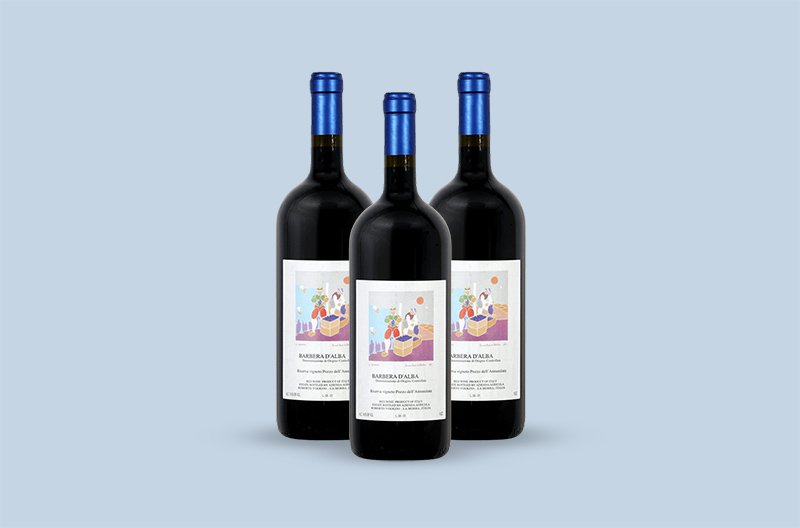
One of the best Barbera d'Alba DOC wines, this smooth, dry wine has high acidity levels. This Piemonteese wine has notes of black cherry, blueberry, and other dark fruit notes.
Average price of 2004 Roberto Voerzio Riserva Pozzo dell'Annunziata Barbera d'Alba, Piedmont, Italy: $298
2. 1999 Coppo Riserva della Famiglia, Barbera d'Asti Superiore Nizza DOCG, Piedmont, Italy

It is a medium tannin Barbera d’Asti wine with plum, red cherry, and raspberry taste. This rare wine from northern Italy pairs best with duck and other game birds.
Average price of 1999 Coppo Riserva della Famiglia, Barbera d'Asti Superiore Nizza DOCG 2009, Piedmont, Italy: $225
3. 2005 Elio Altare Larigi Langhe Rosso, Piedmont, Italy
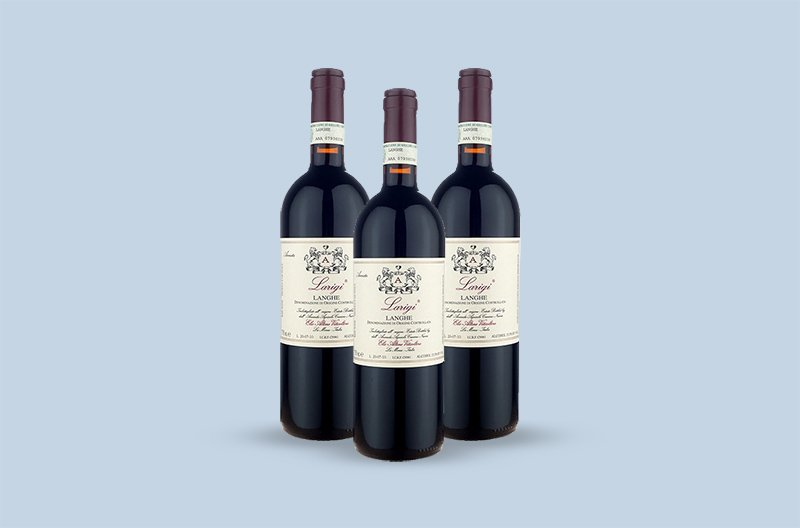
The 2005 Elio Altare Larigi Barbera gives off brilliant oak, rose, and fresh red fruit aromas. The palate showcases mouth-filling tannin with refreshing acidity.
Average price of 2005 Elio Altare Larigi Langhe Rosso, Piedmont, Italy: $111
4. 2015 Cavalier Lorenzo Accomasso 'Pochi Filagn' Barbera d'Alba, Piedmont, Italy
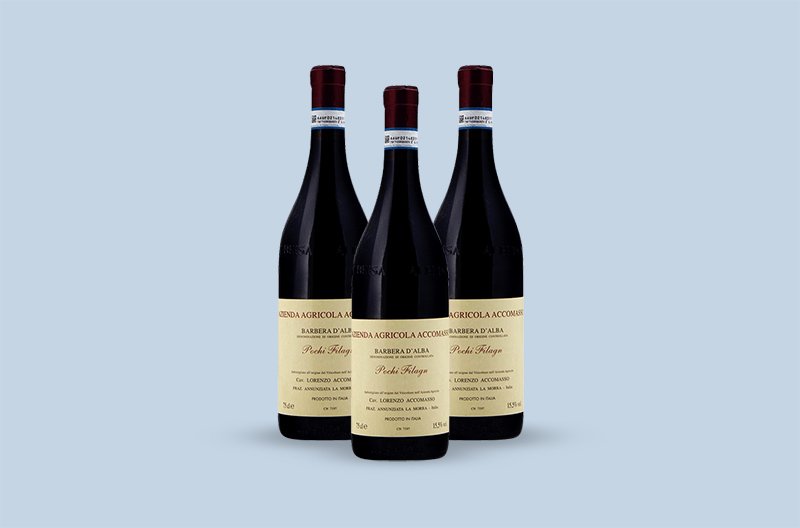
A rich and sweet Barbera wine, this 2015 Barbera vintage is admired for its full body, bright acidity, and fresh red fruit flavor.
Price of 2015 Cavalier Lorenzo Accomasso 'Pochi Filagn' Barbera d'Alba, Piedmont, Italy: $101
5. 1996 Giacomo Bologna Braida Ai Suma, Barbera d'Asti DOCG, Italy
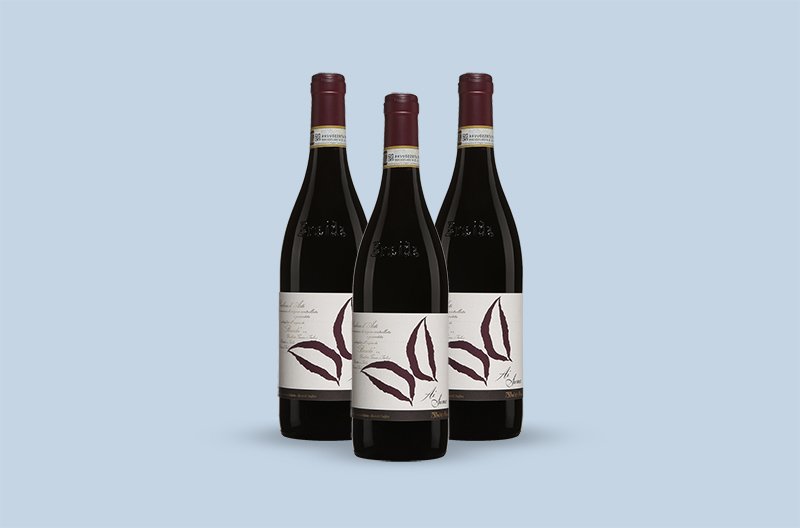
This dry Barbera d’Asti wine has high acidity and low tannins. It is a lovely deep violet hue with a red fruit flavor - perfect with braised greens.
Average price of 1996 Giacomo Bologna Braida Ai Suma, Barbera d'Asti DOCG, Italy: $288
6. 2006 Giacomo Conterno Vigna Francia Barbera d'Alba, Piedmont, Italy
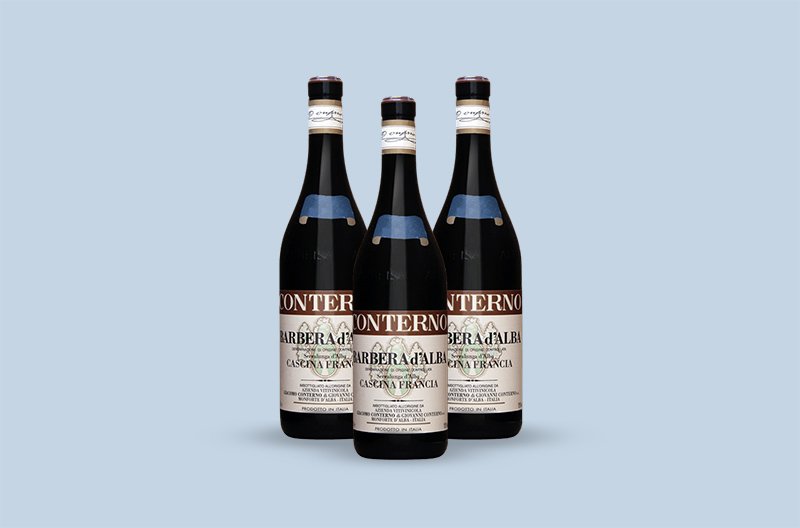
This classic Alba Barbera wine is highly acidic and bold with a rich bouquet of leather and oak aromas. It also has a fruitiness to it, with tangs of blackberry and blueberry.
Average price of 2006 Giacomo Conterno Vigna Francia Barbera d'Alba, Piedmont, Italy: $152
7. 2016 Cappellano Gabutti Barbera d'Alba, Piedmont, Italy

A classic Italian Barbera wine, this 2016 vintage of Cappellano is full of tangy sour cherry flavors, low tannin levels, and balanced acidity. The nose has a subtle earthy aroma.
Price of 2016 Cappellano Gabutti Barbera d'Alba, Piedmont, Italy: $81
8. 2001 Hastae Quorum Barbera d'Asti DOCG, Italy
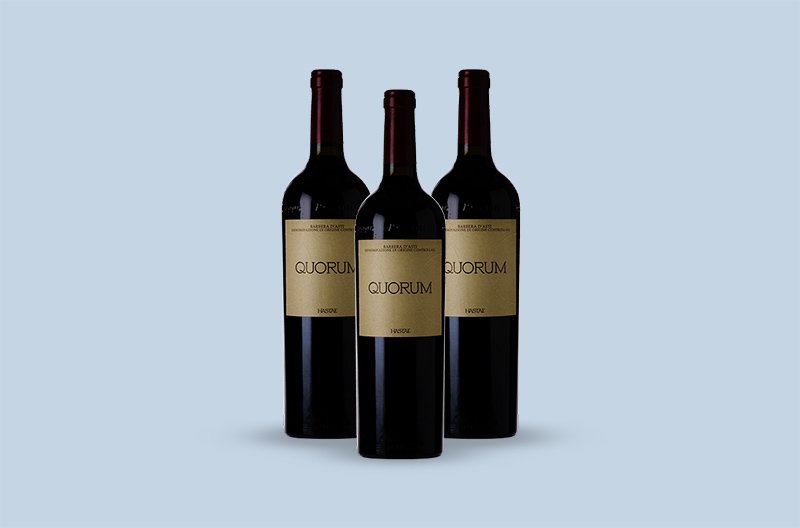
A rich and powerful wine, this Barbera varietal wine is one of the finest Barbera wines of Italy. The wine has a thick plum flavor on the palate with high acidity and fine tannins.
Price of 2001 Hastae Quorum Barbera d'Asti DOCG, Italy: $58
9. 2008 Giacomo Conterno Cerretta Barbera d'Alba, Piedmont, Italy
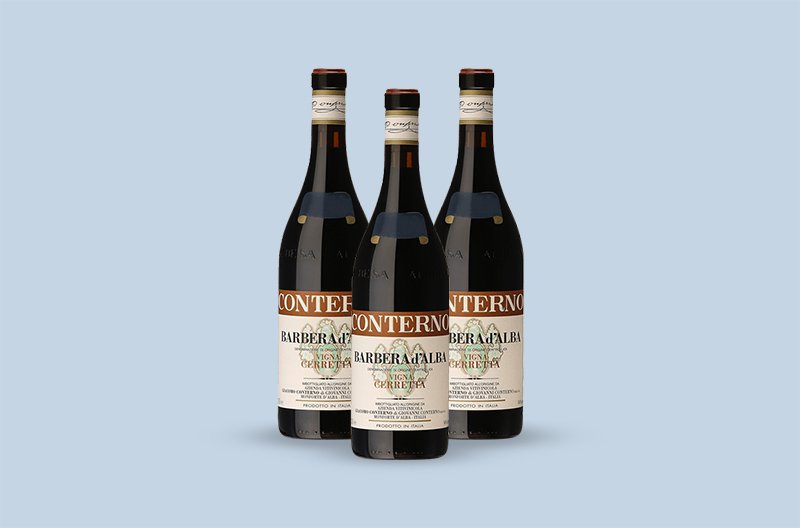
This Barbera d’Alba DOC is a dry wine with a deep violet color. It tastes like plum, blueberry, and cherry and has an aroma of leather and smoke.
Average price of 2008 Giacomo Conterno Cerretta Barbera d'Alba, Piedmont, Italy: $84
10. 1996 Trinchero Vigna del Noce, Barbera d'Asti DOCG, Italy

This 1996 Barbera vintage has classic Piedmont notes of tobacco, barnyard, and dark fruit. Full and balanced on the palate, the wine has a pleasant sour cherry finish.
Price of 1996 Trinchero Vigna del Noce, Barbera d'Asti DOCG, Italy: $120
Let’s see where these delicious wines come from.
Barbera Wine Regions
Today, Barbera wine is produced in almost every leading wine region. The most prominent ones are:
1. Italy
The home of the grape varietal, here are some of the key Barbera wine regions of Italy.
A. Piedmont

Piedmont (Piemonte) is the birthplace of the Barbera grape.
Even though Piedmont is famous for the fine Nebbiolo wines, Barolo and Barbaresco, Barbera is the most widely grown grape of the Piedmont region.
The most famous Barbera appellations in the Piedmont region are:
- Asti: The “heart” of Barbera in Italy, it’s famous for its Nizza Monferrato DOCGwines that are fruity and have a luscious sweetness to balance the acidity of the wine.
- Alba: Even though Nebbiolo is the region’s star grape, the Barbera d’Alba DOC wines are also given much importance. Barbera d’Alba DOC wines have an intense fruit flavor with a dark color.
- Monferrato: The rolling hills ofMonferrato are the home to delicious Barbera blends. Barbera grapes are blended with Freisa, Grignolino, and Dolcetto to produce fancy sparkling wines.
In addition to Barolo and Barbaresco, the Langhe region of Piedmont is also known for its blended red wine made from Barbera, Dolcetto, and Nebbiolo grape varieties.
B. Lombardy
Lombardy in Northern Italy is known for its delicious Oltrepo Pavese sparkling wines - ranging from slightly effervescent to a frizzante (semi-sparkling) style.
It is also used as a blending grape with Croatina in the Franciacorta sparkling wine.
C. Emilia-Romagna
Barbera wine is produced in small quantities in Emilia-Romagna, a neighbor to the Piedmont region.
The Colli Piacentini Barbera DOC is an excellent example of a good Barbera wine from this region. It is a 100% Barbera wine with an intense berry flavor.
D. Sardinia
Three areas in Sardinia grow Barbera grapes - Cagliari, Oristano, and Sassari.
In Cagliari, the grape varietal is known as Barbera Sarda and is mainly used as an added grape to increase the acidity of other blends.
2. South Africa
South Africa has two major Barbera wine regions.
A. Cape Town

Cape Town is known for its Altydgedacht Barbera wine - a 100% Barbera varietal wine matured for over 12 months in an oak barrel.
B. Overberg
Overberg in Western Cape Province is where the majority of South African wines are produced.
The Barbera varietal is grown in a small vineyard - The Drift Wine Estate - and is only used to make a 100% Barbera wine when the harvest is perfect.
3. United States

Barbera was brought to the US in the 19th century by Italian immigrants. Today, there are more than 4000 hectares of Barbera vine plantings in the USA.
California is one of the central regions that produce this Italian wine that's a little sweeter than its Italian counterpart.
Barbera is primarily planted in the Sierra Foothills in Amador County to make the much-loved Amador Barbera wine.
Napa Valley, Sonoma County, Paso Robles, Lodi, the Lake Country, and the Central Valley also produce varietal Barbera wines.
The Gary Barbera of Paso Robles is a famous California Barbera known for its Italian flavors.
Barbera wines are also made in Oregon and Washington.
4. Argentina
The Barbera grape reached Argentina along with the Italian immigrants.
A. Mendoza
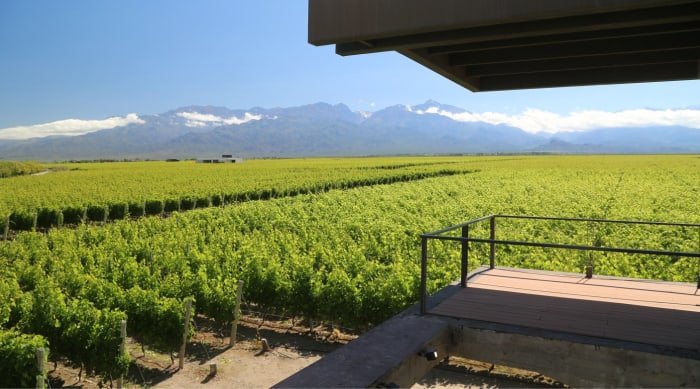
Mendoza is famous for its blended wines made from Barbera and Barbera family grapes. These wines are fruity and perfect for drinking young.
B. San Juan
The San Juan wine region in the shadow of the Andes mountains is known for its Malbec. But in recent years, Barbera has also been planted here.
5. Other Barbera Wine Regions
Barbera wine is also produced in other countries like Australia, Brazil, Uruguay, Slovenia, Greece, and Romania.
You can easily come across a Barbera del Monferrato or a Barbera d'Asti Superiore in your local wine shop. If you live in Piedmont, you might as well drop into one of the wineries and pick up a bottle or two!
But, what if you want to buy some of the more hard-to-find, investment wines for the long haul?
Here’s the easiest way to do it:
Invest in the Finest Wines in the World Through Vinovest
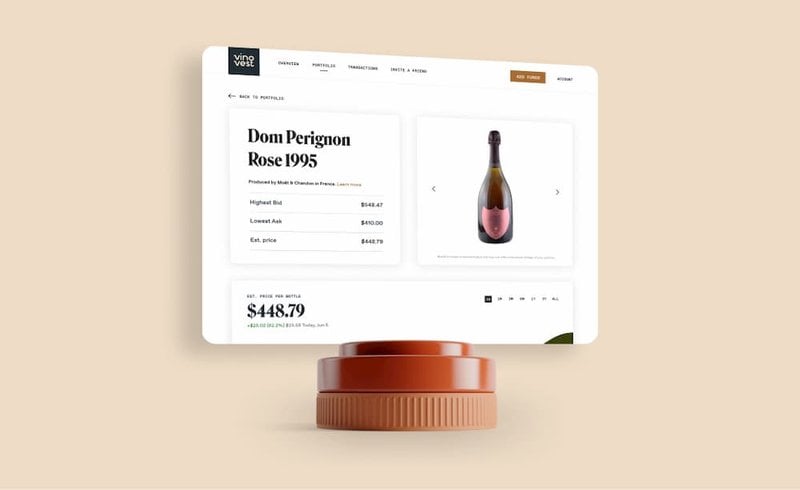
Vinovestis a world-class online wine investment platform that lets you buy, authenticate, store, and even sell your wine from anywhere in the world.
How it works
It couldn't be any simpler - just follow the steps below:
- Sign up on the Vinovest website.
- Let Vinovest know about your investment preferences and risk tolerance.
- Fund your Vinovest account (minimum $1,000.)
- Add a fine Nebbiolo, Super Tuscan, or any other wine to your portfolio while you sip on a Barolo!
Benefits of wine investing through Vinovest
1. Best Prices
Vinovest sources your wine directly from wholesalers, global wine exchanges, and winemakers and guarantees the best possible prices.
2. Easy Buying and Selling
With Vinovest’s AI technology platform, you can buy and sell your wine from anywhere in the world. A few clicks and that much-desired Cabernet Sauvignon bottle is yours to sell or to store!
3. Optimal Storage
Vinovest secures every bottle by storing it in climate-controlled bonded warehouses with the right light, vibration levels, humidity, and temperature 24/7.
4. Insurance and Security
With Vinovest, there’s an insurance policy in place to protect your wine.
In addition, the bonded warehouses have electricity generators and power back-ups in case of a power cut, and surveillance cameras that operate 24/7.
5. Provenance and Authenticity
Every single bottle of wine that you buy through Vinovest is authenticated, so counterfeit bottles are impossible!
6. Curated Portfolio
Vinovest’s data scientists and Sommeliers use historical data and intelligent financial models to create your high-performing wine portfolio of Barolo, Napa Valley, and other wines.
7. Easy Delivery
Vinovest will make sure that your wine is safely delivered - whether that’s to your door or a buyer.
8. Access to a Global Network
Because Vinovest has access to a global exchange network, you’ll be able to curate a wine collection from all over the world. No wine is too rare or a vineyard too small for your collection!
Wondering how a glass of Barbera tastes and other interesting facts about the wine?
Read on.
The Taste of Barbera Wine
Although Barbera is known for its fruitiness, its taste differs depending on the region of production.
New World Barbera Vs. Old World Barbera

“Old World” Barbera from the European wine regions is made using traditional winemaking methods. These tend to be highly acidic with stronger spice notes.
On the other hand, New World Barbera wine, particularly in California and South Africa, tends to be full-bodied with intense fruit flavors.
In general, Barbera wines also have primary flavors of strawberry and raspberry. Young Barbera wines have an intense blackberry aroma as well.
How To Serve Barbera Wine and Fabulous Food Pairings

Most Italian Barbera wines are best drunk young. A barrel-aged Barbera can take up to a decade to express its flavors.
The acidic Barbera wine goes best with rich and hearty food. Serve the wine with truffles, gamey meat (with a side of braised greens), risotto, pasta, and fondue cheeses.
The wine’s natural acidity also makes it a perfect drink with a cherry pie or a raspberry dessert!
Let’s dive a little deeper and discover how these red wines are made.
Barbera Viticulture
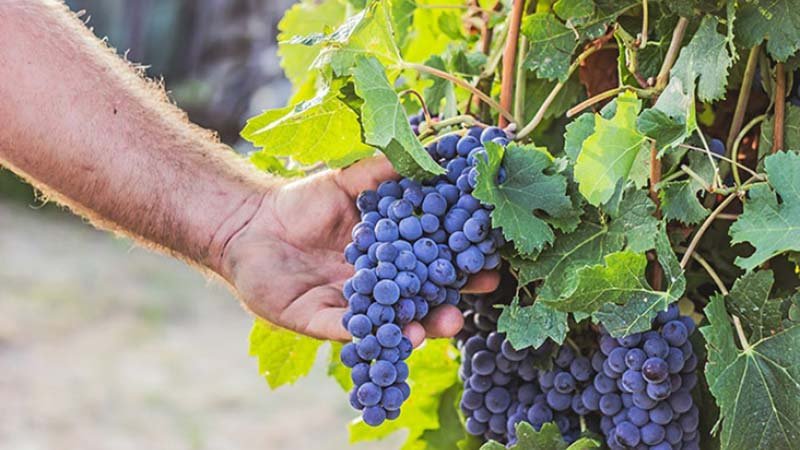
Barbera is a hardy wine grape that can produce high yields even when the conditions aren’t perfect.
But, higher yields mean lower quality fruit. That’s why winemakers prune Barbera vine plantings to small clusters. Also, the vine is planted on the lower slopes below Nebbiolo vine plantings since the grape can ripen earlier, even with less sun exposure.
Barbera prefers calcareous vineyard soils that contain calcium carbonate or a mixture of sand and clay, called clay loam.
Barbera Winemaking Practices
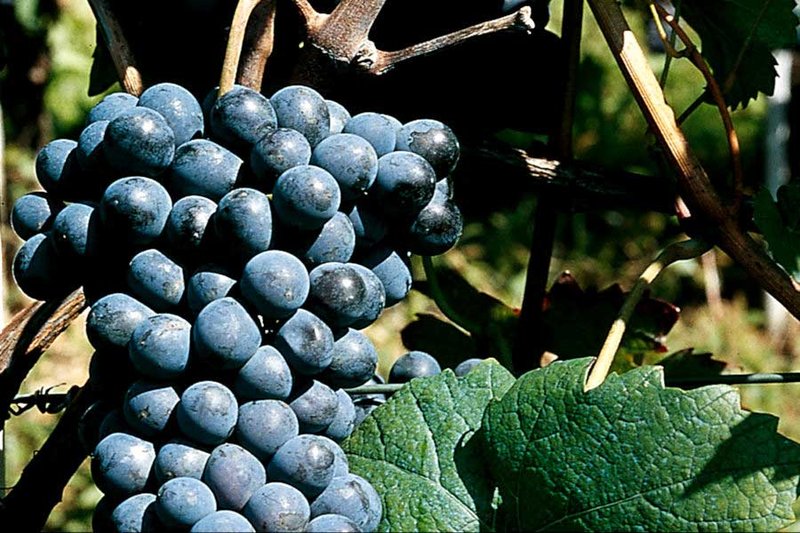
As Barbera has high acidity, winemakers use a couple of techniques to soften its taste and create a more balanced Barbera wine.
- The harvest occurs between late September and early October when the grapes are riper - producing fruitier wines with lower acidity.
- Traditional Barbera winemakers use extended maceration periods to give the wines powerful earthy notes.
- The wine is fermented in oak barrels which gives it a hint of spice.
- The winemaker performs malolactic fermentation that converts the harsh malic acid into lactic acid to soften the wine.
- Finally, the winemaker ages the wine in oak barrels which adds rich earthy notes to the wine and gives it a fine texture.
Next, let’s see the history behind Barbera.
A Brief History of Barbera Wine
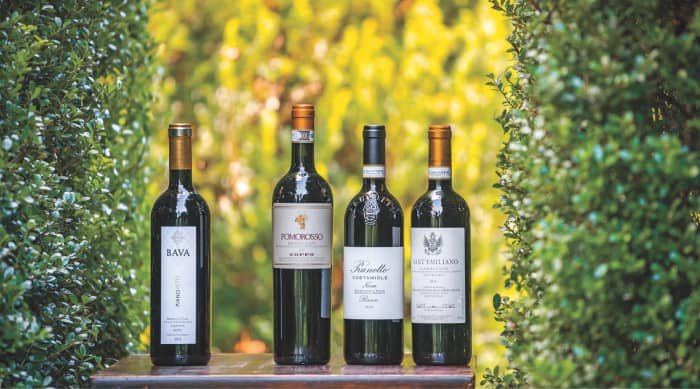
It began in the rolling hills of Monferrato, Piedmont, Italy. The 1246 Cathedral records of the beautiful Italian town show that vineyards were leased to grow the Barbera grape variety.
In the 1800s and 1900s, Italian winemakers who moved to the US took the Barbera grape with them. Barbera was planted in California until prohibition hit, and many of these historical vineyards were destroyed.
In 1986, Barbera wine experienced quite a scandal in its native Piedmont. On finding the wine to be too thin, Giovanni and Daniele Ciravegna (Italian wine producers) illegally added methanol to it. It ended up killing over 30 people and blinding others.
After this accident, the Italian government tightened up restrictions and regulations that governed winemaking in the region.
Today, winemakers carefully cultivate this red grape and take utmost care to make wine using safe, modern techniques.
3 More Interesting Facts About Barbera
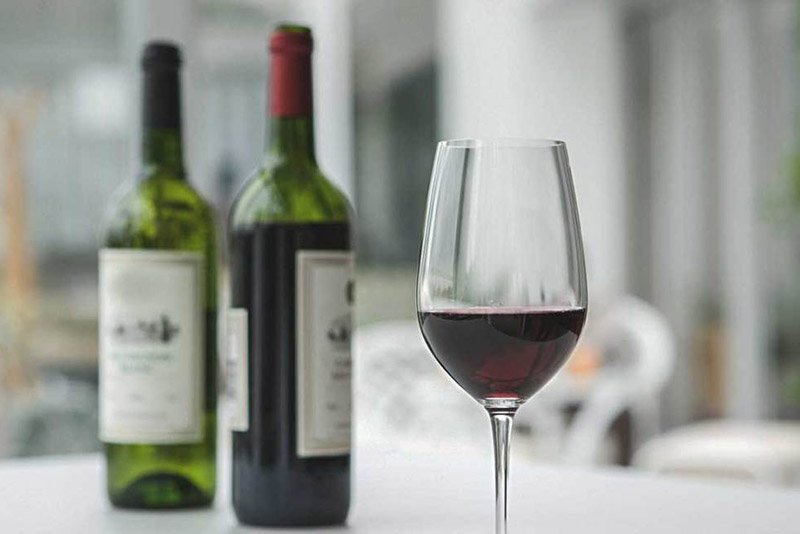
Here are four things that every Barbera lover should know about:
1) Barbera has been charming wine lovers way before Cabernet Sauvignon. Ampelographers traced the origin of Barbera to the 7th century BC - 1000 years before Cabernet Sauvignon came into the picture!
2) Barbera wine didn’t go through malolactic fermentation until the 1970s.
3) The Barbera winemakers of Amador County and Sierra Foothills in California age their wine in French oak barrels - an uncommon practice that has enhanced the flavors of Barbera wines.
Building a Wine Collection Couldn’t Get Easier!
Barbera is an excellent dry red wine for your quiet dinner or a brunch to pair with your meats and spicy dishes. Although not an investment wine now, it could be one in the future.
As for building a winning portfolio of investment-worthy wines, including a Napa Valley Cabernet Sauvignon or a coveted Dom Perignon - Vinovest is your best wine investment partner.
Start curating an impressive wine collection by signing up on Vinovest today.
